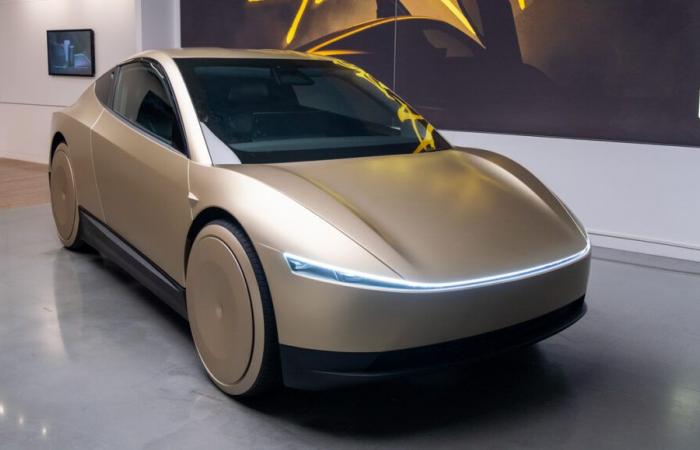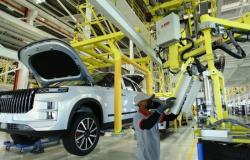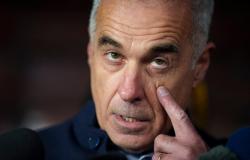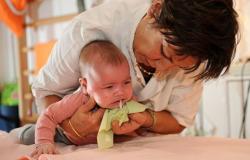Tesla, through its boss Elon Musk, has been promising the arrival of the autonomous car for more than a decade. In fact, the first announcement by the sultry CEO was made in 2013, and he announced that his first autonomous car would arrive in 2016. Let’s be honest and remember that he promised that “only” 90% of the kilometers traveled by his cars would be would be autonomous.
Advertising, your content continues below
Since then, numerous announcements have been made, until the arrival of the Robotaxi a few weeks ago, supposed to be the famous promise. Except that our colleagues at Electrek show that behind the great promise, there are in fact humans… Both for the Cybercab and for the humanoid robot Optimus.
Robots assisted by humans
True to form, Elon Musk is impressive, even if it means twisting reality a little, we remember the pétanque ball thrown into the window of the Cybertruck, without success, replaced by a baseball a few years later to show how much their glazing had been improved.
This time, Elon Musk forgot to say, during his grand presentation of his robotaxi, that human beings would assist the service, to ensure that there were no problems. This is a good thing, you will rightly say, but why want to keep it quiet as much as possible.
No doubt for fear of the negative image that this would give to the product, which is not in line with the announcements. However, Tesla’s autopilot, called FSD (Full-Self Driving), is not free of faults or criticism. It has also been singled out by the NTSA on several occasions and it could be partly responsible for the fact that more people die on board a Tesla than in any other brand.
Advertising, your content continues below
Calling on human beings to assist the robotaxi fleet, as competitor Waymo has been doing for years, in a transparent manner, therefore seems a necessity, particularly legal since it is a prerequisite for testing autonomous vehicles in California. Elon Musk has often criticized his competitor, deeming it non-scalable although the vehicles are packed with cameras, sensors and radars, including the famous LiDar, of all kinds, while Tesla only relies on a system of cameras and artificial intelligence.
As noted by Electrek, Tesla published a recruitment announcement for teleoperators, who will have to supervise the taxis, as well as the robots.
Not so autonomous robots
During the Cybercab presentation ceremony, a few Optimus robots were present, impressing the audience with their ability to serve cocktails or dance.
However, behind the scenes, these humanoids were entirely remotely controlled by humans via a virtual reality system.
Finally, is the problem in the fact that robots and autonomous vehicles do not yet exist as dreamed of by Elon Musk, or in the latter’s still very limited communication?
Advertising, your content continues below






